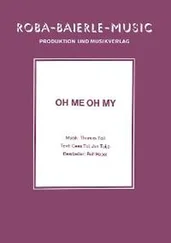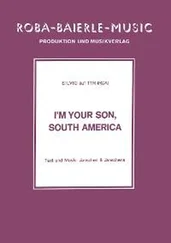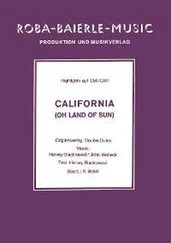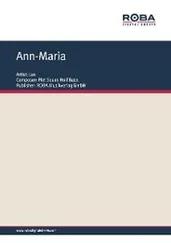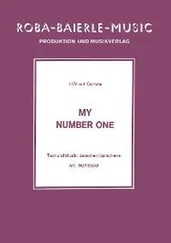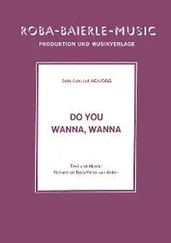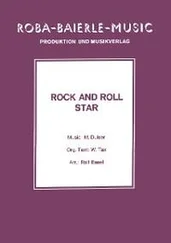modularer und kom-
pakter Aufbau für opti-
male Platzausnützung
beliebig kombinier- und
erweiterbar (Platzbedarf
pro Erweiterungssatz:
381 mm)
u
nübertroffen preis-
günstig: Basisgestell
CHF 790.–inkl. MWST
(3 Gestelleinheiten für
total 24 Kisten; H x B x T
1846 x 1178 x 440 mm)
A
uch als praktisches
Tischgestell erhältlich.
Besuchen Sie unsere
Website oder verlangen
Sie unsere Unterlagen.
Spezialkonditionen ab 5 (wie Bild)
bzw. 10 Gestelleinheiten.

51
Oenologists History
neoclassical stucco villa with a liveried English servant in white gloves shak-
ily pouring an ancient Margaux into a decanter in candlelight to the sounds of
chamber music from a Russian string quartet flown in for the occasion, has been
sadly deceived. Bordeaux is not classic and aristocratic, Bordeaux is luxury, and
thanks to its increasingly broad range has remained astonishingly affordable.
Bordeaux is fashion and fun, Bordeaux is something for modern people, Bor-
deaux is young and urban, and if Bordeaux were music it would not be merely
Mozart echoing from the loudspeakers, but also techno, lounge and dub. There
is just one facet of Bordeaux which does not fit our fast-paced era: Bordeaux
needs time and leisure.
52
HistoryOverview
56 BCCrassus conquers the Bituriges: Burdigala (Bordeaux) becomes Roman.
According to the historian Strabo there is virtually no home-grown wine, with
the drink instead being imported from Iberia and southern Italy.
71 BCPliny visits Bordeaux – the city is entirely surrounded by vines.
400 ADThe teacher and rhetorician Ausonius describes Bordeaux as ‘charac-
terised by rivers and vines'.
1154Bordeaux comes under English rule. Wine becomes the city's most impor-
tant export product and ensures the wealth of its inhabitants.
1214The inhabitants of Bordeaux persuade King John of England to abolish all
export taxes on wine. The ports of Bordeaux become the world's most impor-
tant wine ports at this time.
1241Henri III Plantagenet extends the privileges of Bordeaux citizens. Wines
from other regions can only enter the city after 25 December, and thus cannot
be shipped. This privilege continues (with a few interruptions) under suc-
cessive French kings until being finally abolished in 1776 by Turgot, the first
French liberal.
1303Bordeaux exports 102,724 tonneaux (one tonneau = four barriques = 900
litres = 1,200 modern bottles) of wine, or 924,518 hl, around the equivalent of
Switzerland's entire current annual production or around 120 million bottles!
1550 Jean de Pontac builds a ‘Maison Noble' amid his vines to the south of the
city of Bordeaux, which becomes a centre and symbol of winemaking, and
thus invents the wine chateau.
1660François-Auguste de Pontac opens a tavern in London. It serves a wine
called Ho Bryan, which unlike the light red ‘clarets' is dark in colour and has
a ‘most particular taste', as Samuel Pepys wrote three years previously in his
famous diary. New French Claret is now in fashion.
1724Boucher, the King's governor, bemoans the Bordeaux aristocracy's plant-
ing fever, and in 1725 forbids the planting of any new vineyards – a ban which
stands for thirty years but is e
ff
ectively ignored.
1755Three-quarters of the income from Bordeaux's 70 top families comes
from the sale of their own wine.
1787Future American President Thomas Jefferson travels to Bordeaux and
records his impressions in a diary. Some of the estates he names and admires
include Lafite, Margaux, Latour, Haut-Brion and Yquem.
1855Based on previous rankings and on the prices fetched by wines, the
Bordeaux chamber of commerce establishes the first o
ffi
cial, state-sanctioned
An overview
of Bordeaux history
53
Overview History
classification of Bordeaux wines to coincide with the Universal Exposition in
Paris. It divides 88 estates from Haut-Médoc and Sauternes plus Haut-Brion
from Graves into categories, ranging from 1ème to 5ème Cru Classé.
1860The agronomist Jules Guyot introduces the pruning method that is
named after him, requiring vines to be grown on wires. This modern vine tech-
nique is hereafter used throughout the Gironde. Alexis Millardet and Ulysse
Gayon invent ‘Bouillie Bordelaise' (three parts copper sulphate to one part
caustic lime) as a way of combating downy and powdery mildew, which had
been damaging crops for a decade.
1863Phylloxera comes to Bordeaux and gradually attacks all of the vineyards
across Europe. Only the richest estates have the means to combat the pest
successfully.
1922Twenty-year-old Philippe de Rothschild takes the reins of Mouton and
revolutionises the Bordeaux wine world. He initiates bottling at the producing
estate (‘mise en bouteille au château'), and (re-)introduces so-called second
wines and artist-designed labels.
1946This year marks the birth of modern oenology: laboratory chemist Emile
Peynaud submits his thesis and becomes a professor at the Faculty of Oenol-
ogy. He revolutionises both the art of winemaking and the language of wine.
1956The beginning of modern winemaking on the right bank: frost destroys a
significant proportion of the vines in this area. The vineyards are restructured
and Merlot thus becomes the main variety in this part of the Bordeaux wine-
growing region.
1973Minister of Agriculture Jacques Chirac signs the only change to the 1855
classification: Mouton-Rothschild becomes a Premier Cru Classé.
1983American wine critic Robert Parker declares 1982 to be the vintage of the
century, and thus triggers a wine boom surpassing any other. The prices of
Grands Crus quadruple: whilst the merchants are initially the first to pro
fi
t, es-
tates make record profits in vintages such as 1989, 1995, 2000, 2005 and 2009.
1991Former bank clerk, innkeeper and wine merchant Jean-Luc Thunevin
acquires a small, unfavourably located plot in Saint-Emilion, creates a brand
called Château Valandraud, and thus invents ‘garage wine', triggering a verita-
ble wine revolution in the area and influencing developments over the next
few years.
54
AppellationsMédoc
Bordeaux geography
Bordeaux covers around 120,000 hectares of vines in the
département of Gironde. The Garonne and the Dordogne rivers
split the region into the left bank of the Garonne (Médoc,
Graves, Sauternes) and the right bank of the Dordogne (Saint-
Emilion, Pomerol and Fronsac).
Médoc / Haut Médoc
16,300 hectares of vines I 1,400 chateaus I 150 million bottles a year
Читать дальше


